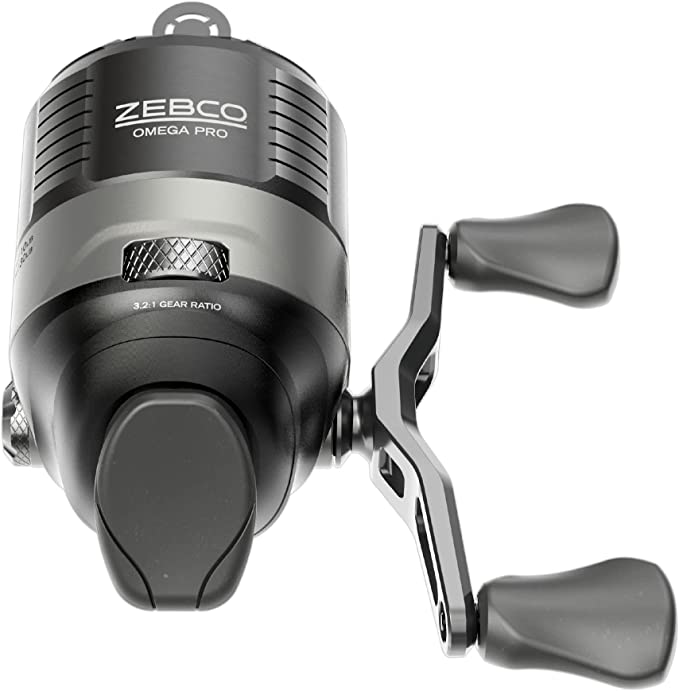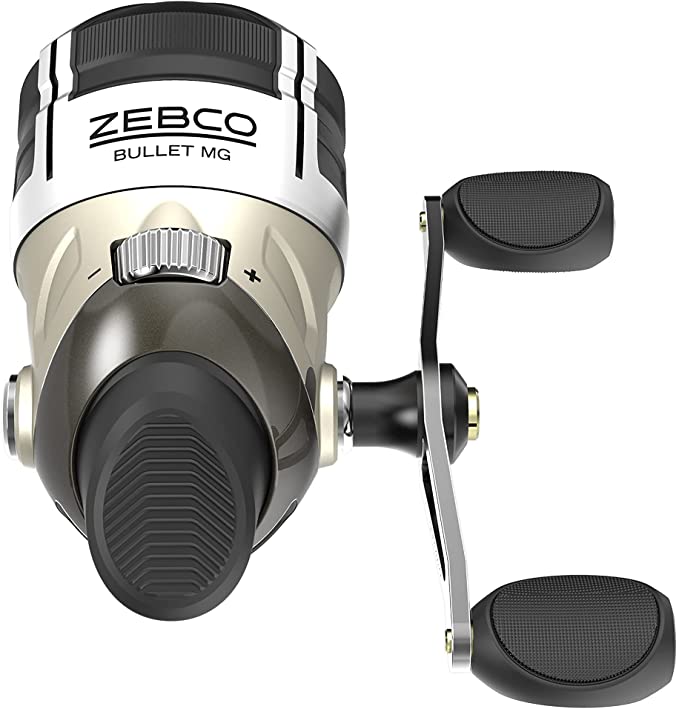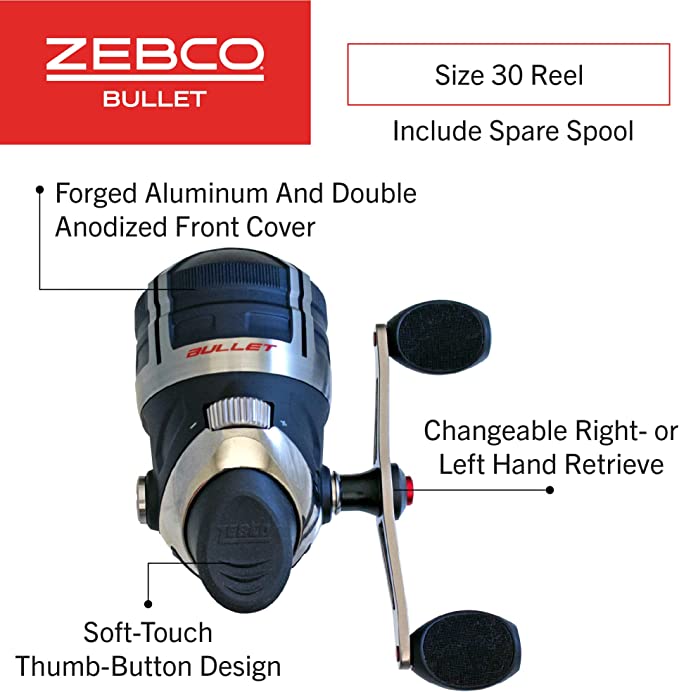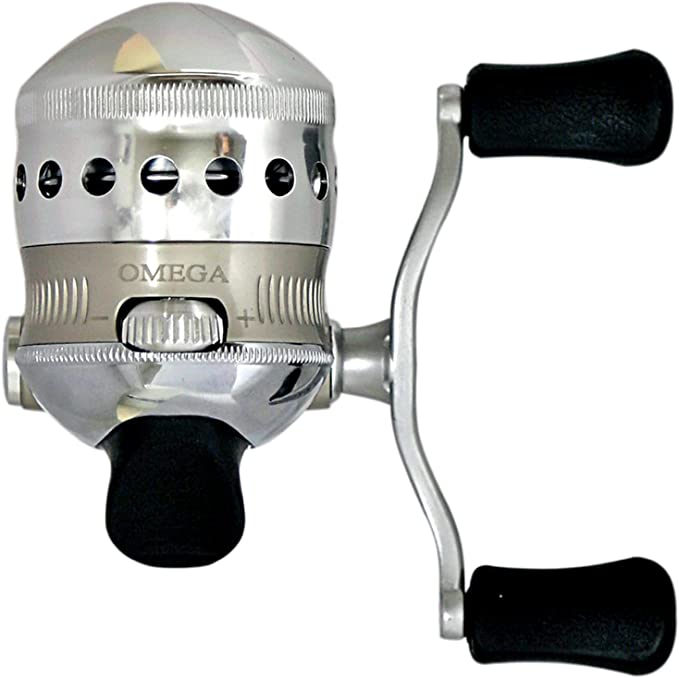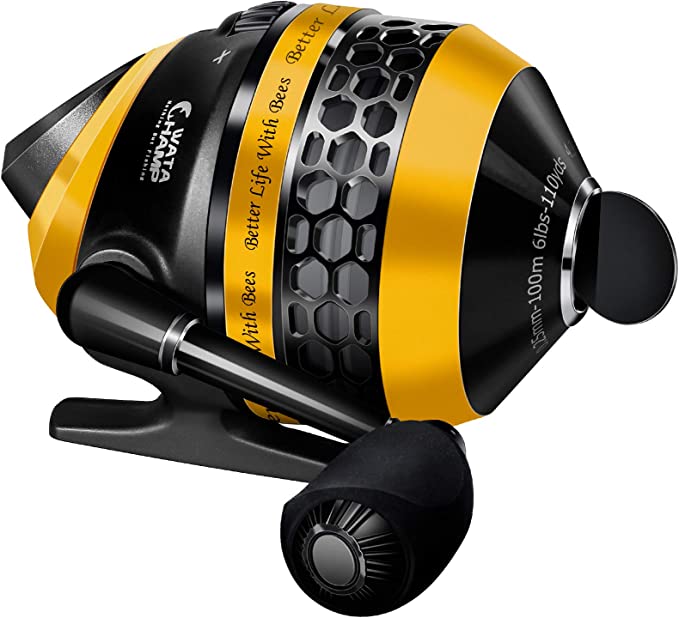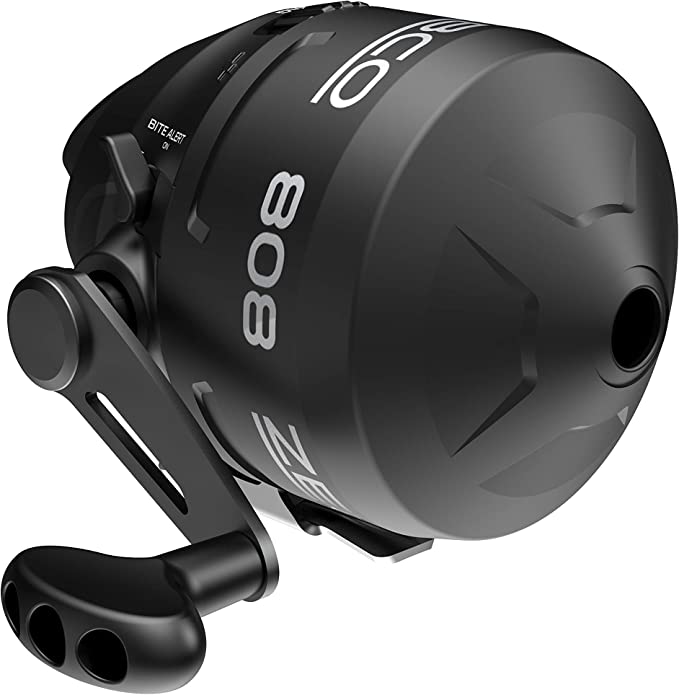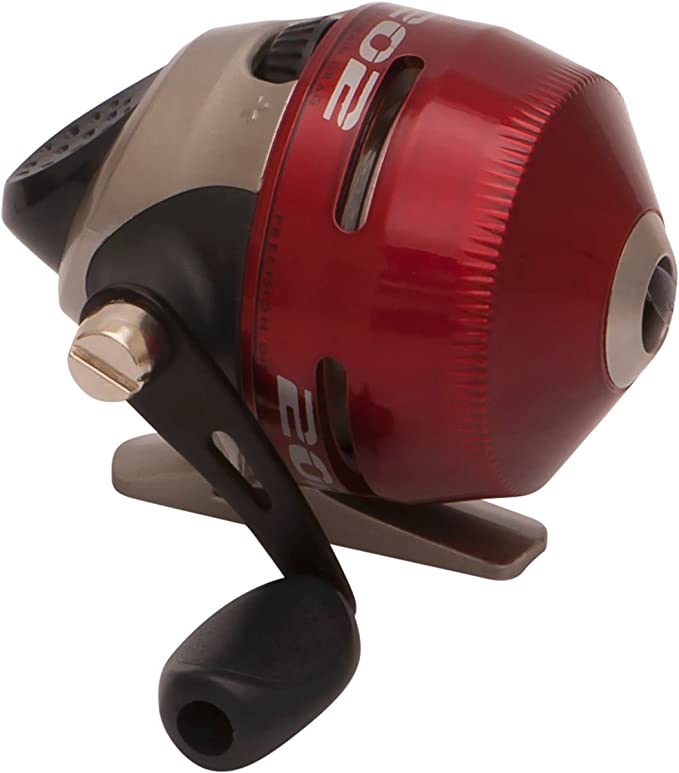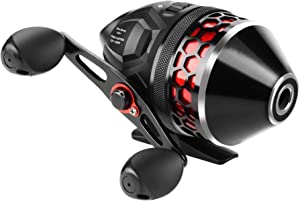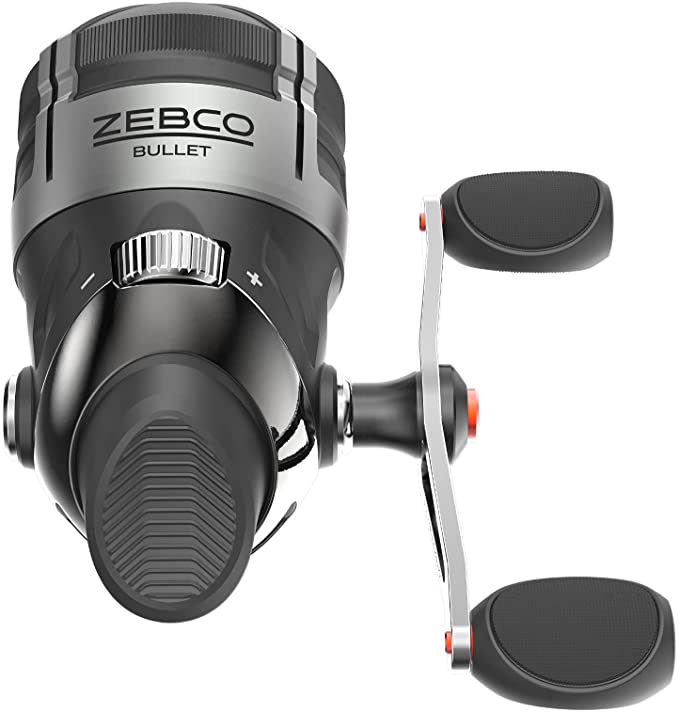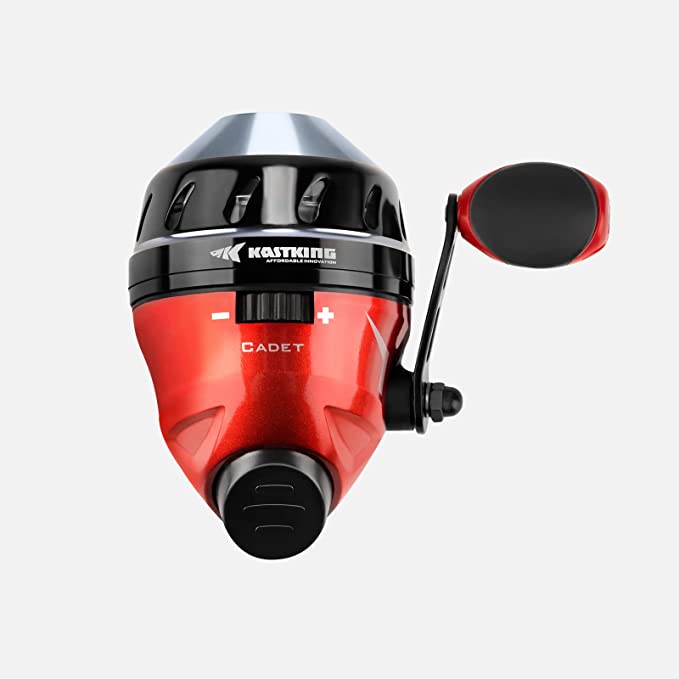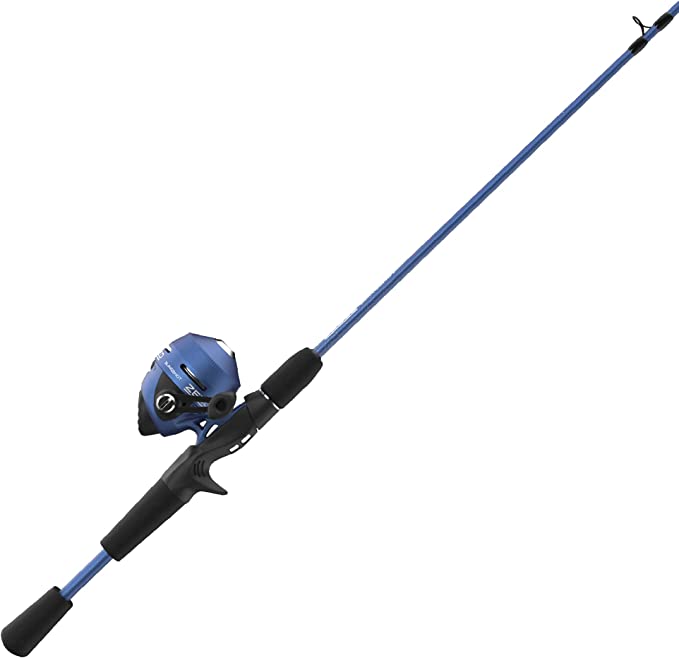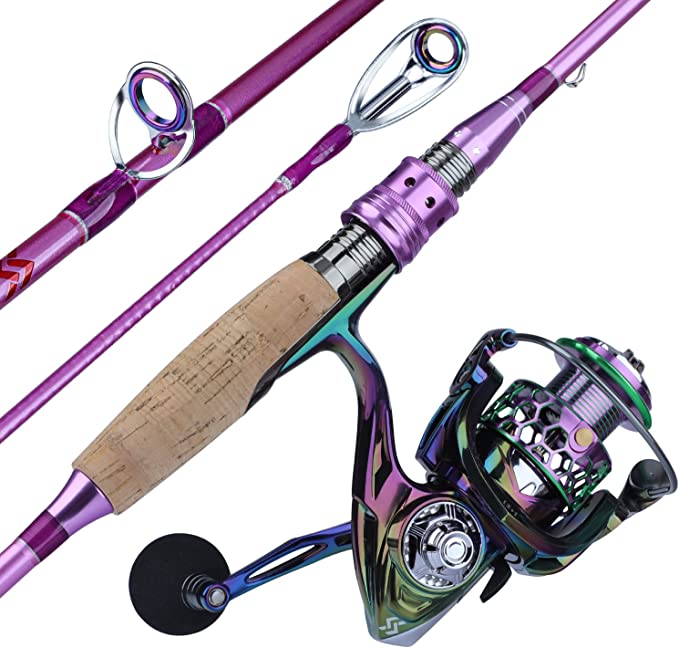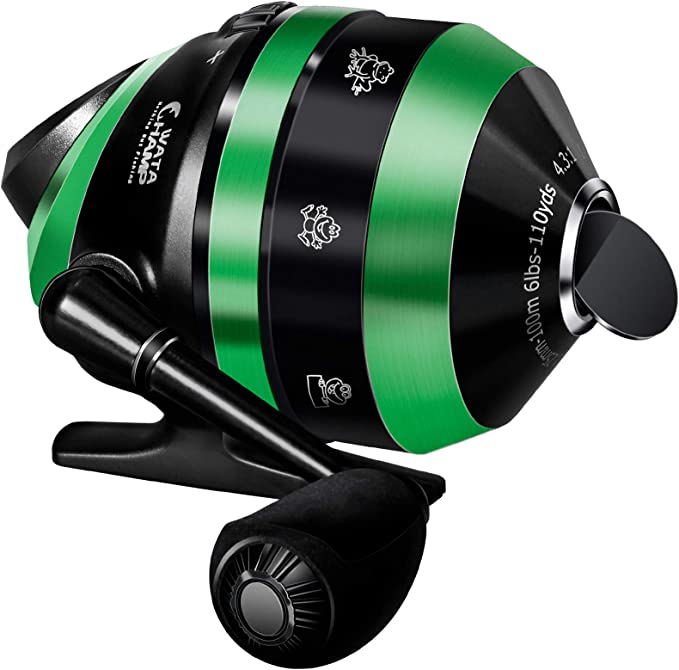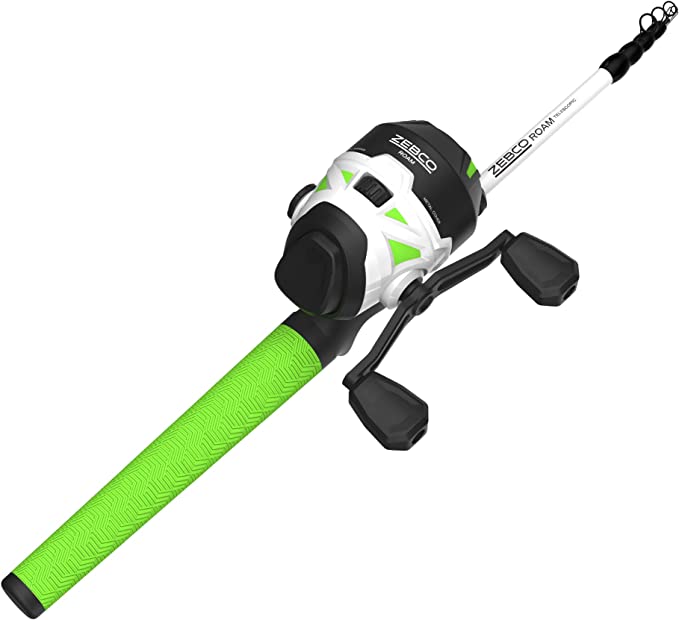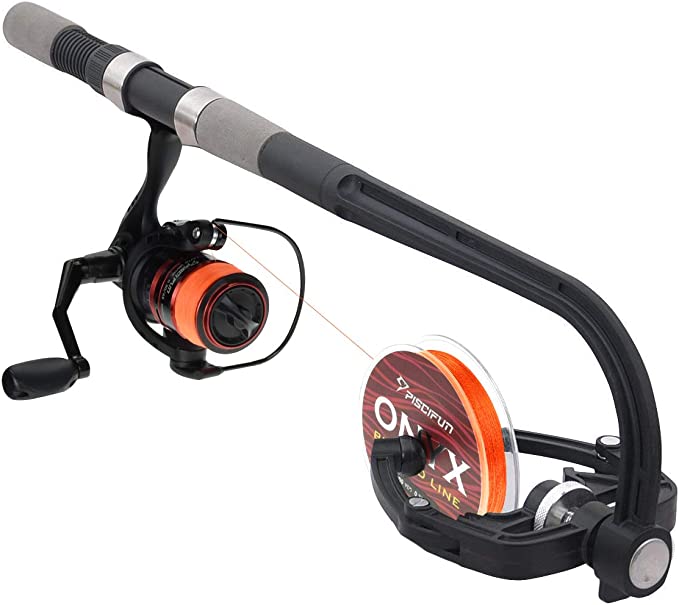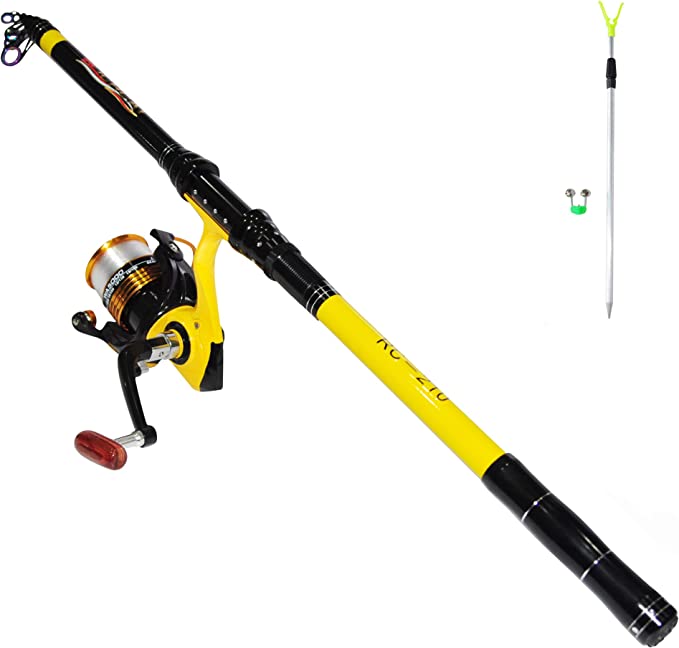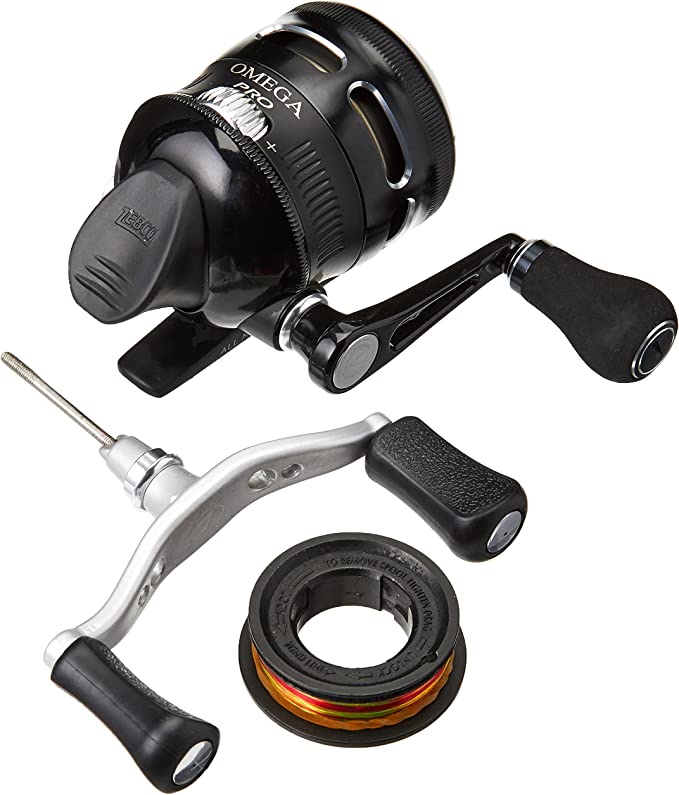Under the Hood of the Zebco Omega Pro: The Engineering of a Perfect Cast
Update on Aug. 2, 2025, 8:17 a.m.
There’s a ghost that haunts every angler who has ever used cheap gear. It’s a grinding, clicking phantom that lives inside lesser reels, emerging at the worst possible moments. You feel it when you’re trying to finesse a lure past a submerged log—a sudden, gritty resistance. You hear it when a big fish makes a run—a stuttering screech instead of a smooth whir. It’s the ghost of compromised engineering, of corners cut and materials chosen for cost, not for character. I’ve met this ghost more times than I care to admit. But this experience also teaches you a profound lesson: the sublime feel of a truly well-made machine is not an accident. It is the result of deliberate, intelligent choices.
To understand this, we need to look beyond the surface. We need to perform a technical autopsy on a reel designed to exorcise that ghost for good. The Zebco Omega Pro Spincast Reel isn’t just another push-button reel; it’s a testament to a philosophy where material science and mechanical principles are put in service of a perfect cast and a flawless retrieve. Let’s go under the hood.
The Heartbeat: A Drivetrain Forged in Brass and Precision
The sensation of smoothness in a reel is the direct result of a war waged against a single, universal enemy: friction. The Omega Pro’s primary weapon in this war is its 7-bearing system. To appreciate this, picture a child’s wagon. With axles simply greased and scraping inside a hole, it’s hard to pull. Now, imagine replacing that with the wheel of a modern skateboard, packed with tiny steel balls. The axle no longer scrapes; it rolls. This is the magic of ball bearings. They transform high-resistance sliding friction into low-resistance rolling friction. In a fishing reel, the seven bearings supporting the drivetrain mean that every ounce of energy you put into turning the handle is translated into quiet, fluid, and powerful rotation. This isn’t just about comfort; it’s about information. With friction minimized, the subtle tap of a curious bluegill or the gentle scrape of your lure on gravel travels up the line and through the gears to your hand as a clear, distinct signal.
This smooth transfer of power originates in the gear train, the reel’s mechanical heart. Here, the choice of material is paramount. The Omega Pro utilizes a solid-brass pinion gear. This isn’t a frivolous choice. Brass, a copper-zinc alloy, has been the material of choice for centuries in applications demanding durability and low friction, from marine chronometers to naval hardware. Unlike softer metals, it resists deformation under load, and it has a naturally low coefficient of friction against steel, meaning it wears slowly and predictably. This robust pinion meshes with an aluminum helical-cut worm gear drive. A worm drive is a marvel of mechanical engineering, allowing for a very high gear ratio in a compact space and providing exceptionally smooth power transmission. The helical, or angled, teeth engage gradually and silently, eliminating the clicking and vibration common in reels with simpler, straight-cut spur gears. The result is a drivetrain that feels less like a collection of cogs and more like a single, unified, and powerful muscle.
The Exoskeleton: An Armor of Forged and Anodized Aluminum
A precision-engineered heart needs a rigid, unyielding skeleton to protect it. The durability of the Omega Pro begins with its all-metal construction, but the story goes much deeper. The front cover is not merely cast from aluminum; it is forged. Imagine the difference between a blacksmith hammering a red-hot horseshoe into shape versus pouring molten steel into a mold. The immense pressure of forging compresses the metal’s grain structure, eliminating internal voids and creating a material that is substantially denser and more resistant to impact and stress. This forged aluminum frame ensures that under the strain of fighting a fish, the internal gears and bearings remain in perfect alignment, preventing the binding and premature wear that plagues reels with flexible plastic or cast-metal bodies.
This formidable skeleton is then clad in armor. The cover is double anodized, a sophisticated electrochemical process that provides protection far superior to any paint or coating. During anodization, the aluminum part is submerged in an acid bath and an electric current is passed through it. This forces the surface of the aluminum to oxidize in a controlled, structured way, growing a layer of aluminum oxide (Al₂O₃). This is where the magic happens. Aluminum oxide is the same chemical compound as the natural minerals corundum and sapphire. On the Mohs scale of mineral hardness, it scores a 9, second only to diamond at 10. This integrated, ceramic-like shell makes the reel’s surface incredibly resistant to scratches from rocks, tools, or truck beds. More importantly, it is chemically inert, forming an impenetrable barrier against the galvanic corrosion that can destroy fishing gear in wet and salty environments.
The Nervous System: The Physics of Absolute Control
Power and durability are meaningless without control. This is where the reel’s drag and line management systems—its nervous system—come into play. The triple-cam dial-adjustable disk drag is a perfect example of applied physics. A drag system is essentially a clutch, designed to let line out under a specific, consistent pressure. The “disk drag” uses a stack of friction plates. When a fish pulls, these plates are compressed, creating braking force. The genius of the “triple-cam” design lies in how it applies that pressure. Instead of a single, central point of pressure which can cause the plates to warp or bind, the three cams distribute the force perfectly evenly. The result is an incredibly smooth and predictable release of line, free of the jerks and stutters that can snap a light line or tear the hook from a fish’s mouth. It is the mechanical equivalent of a modern car’s anti-lock braking system, providing maximum control under pressure.
Finally, a flawless cast depends on how the line was laid on the spool from the previous retrieve. The oscillating spool solves this geometric puzzle. As you crank the handle, a dedicated mechanism moves the spool slightly up and down, ensuring the line is wound in even, cross-hatched layers. This prevents the line from digging into itself under tension, which is the primary cause of casting snags and reduced distance. When you press the thumb button to cast, the line flies off this perfectly prepared spool with minimal friction.
That line is initially grabbed by 3X Positive Pick-up Pins made of ceramic. Using three pins instead of the typical one or two means the line is engaged almost instantaneously when you begin to turn the handle. The choice of ceramic is, again, a deliberate material science victory. It is harder than steel, virtually immune to wear from gritty line, and has an extremely low coefficient of friction, ensuring it doesn’t damage your line over thousands of casts. It’s a small detail, but it’s one more critical link in a chain of engineering excellence.
More Than a Reel, It’s a Philosophy
Looking at the sum of these parts—the friction-defeating bearings, the timeless durability of brass, the forged and armored aluminum, and the physics-based control systems—reveals a clear picture. The Zebco Omega Pro is not simply a collection of high-quality components. It is the physical embodiment of a design philosophy. It is a philosophy that respects the angler enough to provide a tool that will not fail. It respects the laws of physics and chemistry enough to use them to its advantage. It proves that within the familiar form of a push-button reel, there can reside the soul of a truly sophisticated machine, one built not just to catch fish, but to banish the ghosts of bad engineering, one perfect cast at a time.
